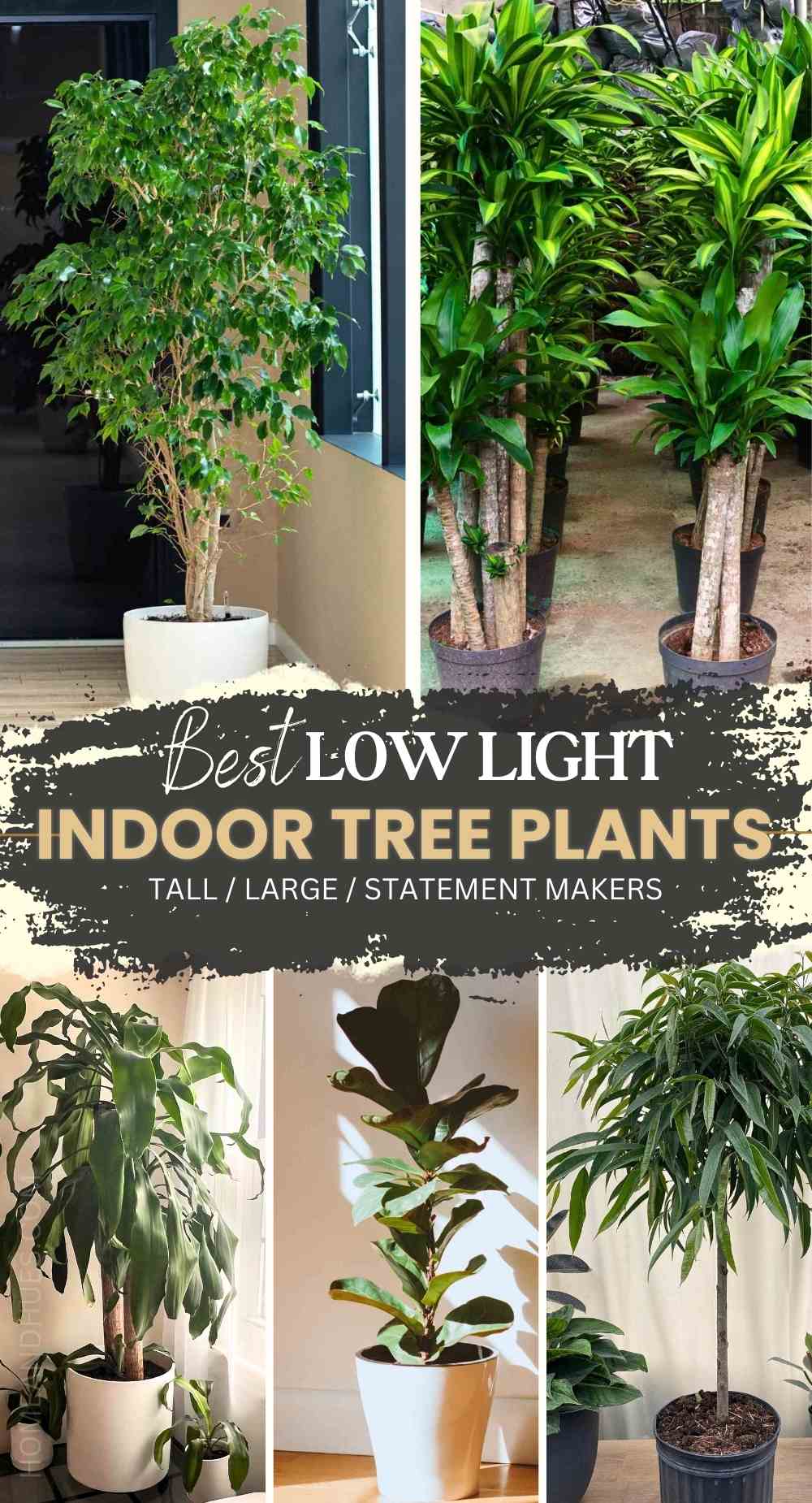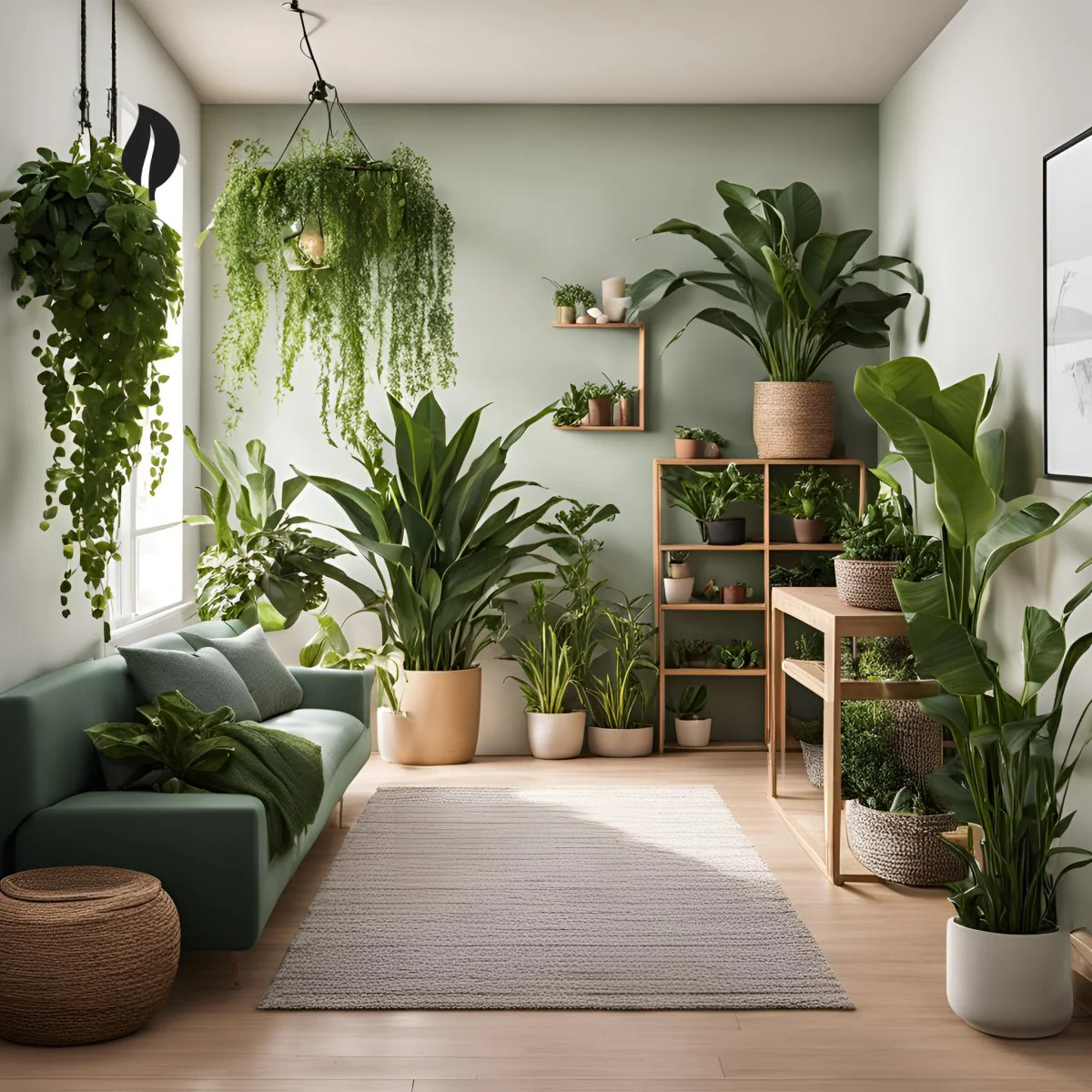A Guide to the Best Low-Light Indoor Plants for Small Spaces
A Guide to the Best Low-Light Indoor Plants for Small Spaces
Blog Article
Discover the Keys of Low-Light Indoor Plants and Exactly How They Enhance Your Setting
Low-light indoor plants have amassed increasing interest for their special capability to enhance both aesthetic allure and environmental high quality within workplaces and homes. These resistant varieties, including the Snake Plant and Peace Lily, not just prosper in difficult illumination problems but additionally play a pivotal duty in air purification and psychological wellness. Understanding the certain benefits and care needs of these plants can significantly influence your living area. As we explore the details of their benefits, you may discover understandings that can transform your environments in unforeseen means.
Advantages of Low-Light Indoor Plants
Although many individuals think that indoor plants need abundant sunshine to thrive, low-light interior plants supply a multitude of benefits that make them ideal for different atmospheres. One of the main benefits is their adaptability; they can prosper precede with minimal natural light, such as offices, cellars, or rooms with little windows. This function permits people to improve their environments with greenery, contributing to improved looks without the demand for extensive lighting alterations.
In addition, low-light interior plants can dramatically improve indoor air quality by launching and filtering system unsafe contaminants oxygen, making living areas healthier. Study has actually revealed that specific selections can soak up toxins, therefore promoting a cleaner environment. Furthermore, they can enhance mental health by minimizing anxiety and boosting productivity. The existence of plants has actually been linked to better sensations of tranquility and emphasis.
Additionally, low-light plants frequently call for much less maintenance than their sun-loving equivalents, making them suitable for busy individuals or those new to horticulture. Their resilience permits them to grow with very little treatment, thus giving a fulfilling experience for plant lovers and amateurs alike. In summary, low-light interior plants serve both useful and aesthetic purposes, making them important enhancements to any kind of area.
Top Low-Light Plant Ranges
Low-light interior plants come in a selection of types, each offering one-of-a-kind qualities and advantages matched for dim settings. Amongst one of the most popular varieties is the Serpent Plant (Sansevieria), recognized for its air-purifying capabilities and building leaves. This resilient plant grows on neglect and can tolerate a wide variety of light conditions.
Another superb selection is the ZZ Plant (Zamioculcas zamiifolia), which includes shiny, dark environment-friendly fallen leaves and is highly drought-tolerant. Its versatility makes it a preferred for offices and homes with limited sunlight.
The Pothos (Epipremnum aureum) is also a leading contender, with its trailing vines and heart-shaped leaves - Best low-light indoor plants. This functional plant can be trained to climb up or waterfall, including aesthetic interest to any area

Care Tips for Low-Light Plants
Taking care of low-light indoor plants calls for a nuanced understanding of their details requirements to ensure optimal development and vitality. It is crucial to choose the right potting mix, as a well-draining soil is essential to prevent origin rot. A blend developed for houseplants, usually including peat moss and perlite, works well for a lot of low-light ranges.
Watering is another crucial facet of treatment. Low-light plants usually need much less frequent watering compared to their sun-loving equivalents.
Fertilization ought to be come close to with care. During the expanding season, a diluted fluid plant food can be used monthly, but in winter season months, several low-light plants go into inactivity and call for little to no fertilizing.
Lastly, it is necessary to regularly helpful resources clean up the fallen leaves to eliminate dust, permitting better light absorption. By adhering to these treatment suggestions, you can grow a growing atmosphere for your low-light interior published here plants, enhancing both their appearance and longevity.
Enhancing Air Top Quality With Plants
Indoor plants play a considerable duty in boosting air quality within homes and workplace areas. With the process of photosynthesis, these plants absorb carbon dioxide and launch oxygen, adding to a much healthier environment. Additionally, specific low-light interior plants possess the capacity to filter damaging contaminants, such as benzene, formaldehyde, and trichloroethylene, which are frequently found in indoor environments.

Moreover, the visibility of indoor plants can raise humidity levels, which aids ease completely dry skin and breathing concerns, better enhancing overall wellness. This capacity to enhance air quality not just advertises physical health however likewise sustains mental wellness.
Integrating low-light interior plants into your living and functioning areas can lead to a much more stimulating and vivid setting (Best low-light indoor plants). Spending in these all-natural air cleansers is a basic yet efficient strategy for enhancing interior air high quality and fostering a much healthier way of life
Producing a Tranquil Indoor Space
The combination of plants into living rooms not just improves air high quality however additionally contributes to a tranquil environment. Low-light indoor plants, such as snake plants and pothos, are especially effective in creating a tranquil setting, as they thrive in problems that might otherwise be unwelcoming for various other greenery. Their lavish foliage provides a calming visual, decreasing tension and promoting best site relaxation.
Including these plants right into your office or home can stimulate a feeling of tranquility and health. Tactically positioning them in areas where you spend considerable time, such as living spaces or work areas, enables for an immersive experience with nature, which has been revealed to improve state of mind and cognitive function.
Moreover, the mild movement of fallen leaves in reaction to air movement can produce a vibrant visual aspect that boosts the total atmosphere. Think about utilizing a selection of plant elevations and structures to include depth and interest to your space. With thoughtful positioning and treatment, low-light indoor plants can transform any kind of location right into a calm shelter, promoting not only aesthetic satisfaction but likewise psychological and emotional wellness.

Final Thought
Incorporating low-light interior plants into numerous atmospheres returns substantial advantages, consisting of improved air quality and boosted visual allure. The transformative power of low-light plants underscores their value in improving both job-related and residential settings.
Although lots of people assume that interior plants call for plentiful sunshine to prosper, low-light interior plants offer a wide variety of benefits that make them optimal for numerous atmospheres.Furthermore, low-light indoor plants can significantly improve interior air quality by filtering system unsafe toxins and launching oxygen, making living rooms healthier. Furthermore, specific low-light indoor plants possess the capacity to filter hazardous pollutants, such as trichloroethylene, benzene, and formaldehyde, which are typically found in indoor atmospheres.
Low-light interior plants, such as snake plants and pothos, are especially reliable in creating a serene environment, as they flourish in problems that may or else be unwelcoming for other plant.Integrating low-light indoor plants into numerous atmospheres returns significant advantages, consisting of boosted air quality and enhanced visual charm.
Report this page